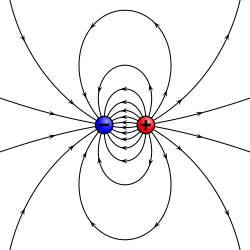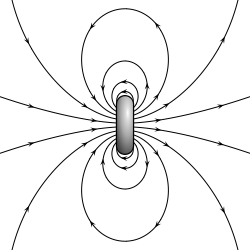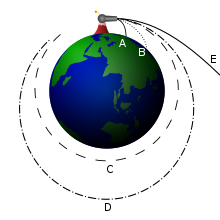Do you remember those three or four armed water sprinklers you used to connect up to the garden hose, and the analogy we used about the sun being a pipe producing photons? The water in teh pipe is fed into the sprinkler, then split into four smaller tubes. The sprinkler spins due to the water pressure, and each arm is divided into five small jets, (20 in all), but as the stream of water flies into the air, the jets of ware become droplets, all seperate, and all spinning out in a big spray of water, like light from the sun?
You drag your garden hose across the lawn, and it takes a certain amount of effert to haul it along the ground. Now you run it between a couple of rocks, so that it has friction on either side. More effort is required to drag the hose. Imagine that is like an electron spinning, (flying) around a molecule. You continue to grag your hose, and it comes free of the rocks. Suddenly there is less effort required to drag the hose, and it travels in a straight line.
Imagine that the hose is like a river, flowing between some hills, or an electron flying between two molecules, or two neutrons.

Space has three dimensions. They are north/south, which are the directions of magnetic lines of force, east/west (which runs at right angles to north/south, and points either towards or away from the sun, as the earth rotates), and up/down. Up/down is naturally, the lines of the force of gravity. Gravity acts equally on mass, so that two equal masses in space would have a point mid way between them at which a smaller mass would not be attracted (fall toward) either. Why does a mass fall toward another mass? This is the so-called 64 million dollar question which nobody yet has the answer to. I'm going to attempt to answer it later, after we have seen what other scientists have said about it.


So what is this page, and the next one saying? Only that there are 100 or so elements or unique (different types) of atoms. What makes then different is that each has one more electron than the preceeding one, because something in the nucleus (protons and neutrons) is becoming increasingly more complex and bigger
Everything is made up of light (photons), even electrons (my opinion), but it is possible there is matter travelling at millions of times the speed of light. That means the time to get to the next galaxy 2.2 million light years away could be almost instantaneous, by taking a galactic 'shortcut'. Can we prove it?





Just as field lines radiate from a magnetic field, electrons rotate around the central force (proton) of an atom's nucleus.







